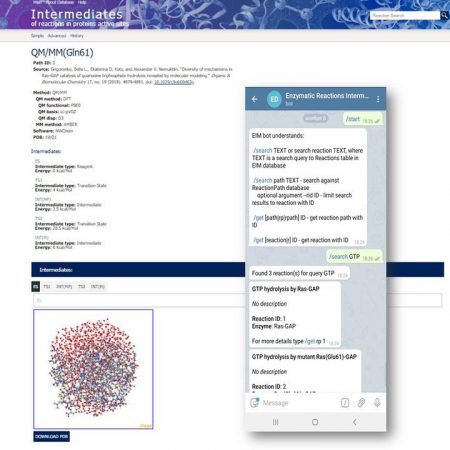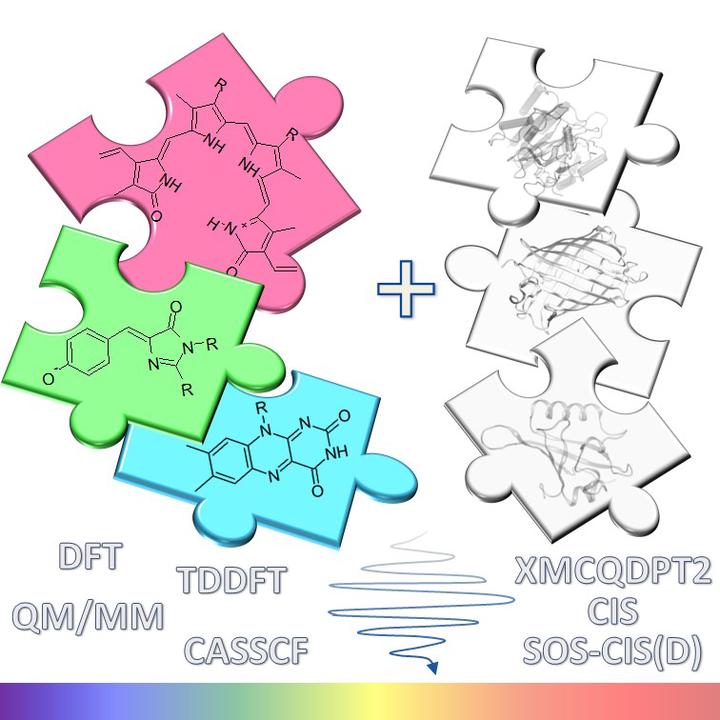
Fluorescent proteins: modeling photophysical and photochemical properties
We study fluorescent proteins with different chromophoric groups that together cover the entire visible and near-infrared spectrum. These include proteins such as green fluorescent protein and its red analogues, flavin-containing proteins and phytochromes.
Mechanisms of enzymatic reactions
Мы изучаем химические реакции в ферментах, гидролизующих нуклеотид трифосфаты, процессы в цинк-зависимых ферментах, участвующих в нервной деятельности человека, а также обеспечивающие резистентность бактерий к антибиотикам, и многие другие. Про определение типа механизма разрыва P-O связи можно узнать тут.
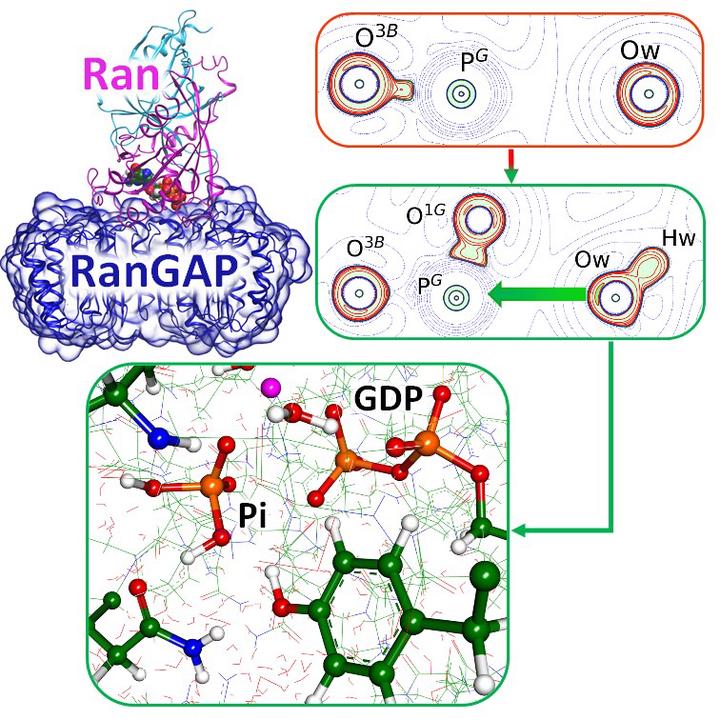
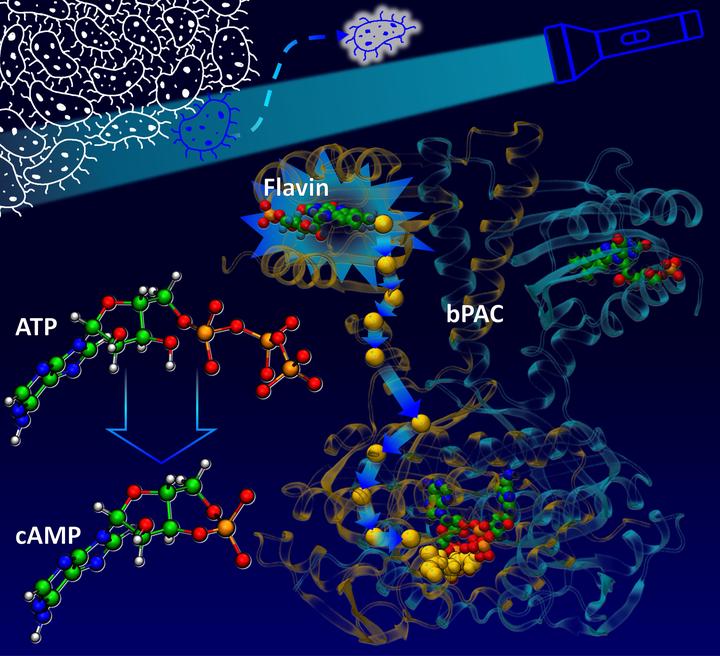
Optogenetic systems
Optogenetic multidomain complexes make it possible to control processes in cells as a result of exposure to light. In particular, we are studying bacterial photoactivated adenylate cyclases
Rotational-vibrational spectroscopy of molecules
One of the groups in the QCMM laboratory is studying the vibrational and vibrational-rotational dynamics of small and medium-sized molecules based on completely non-empirical methods of quantum mechanics, such as perturbation theory.
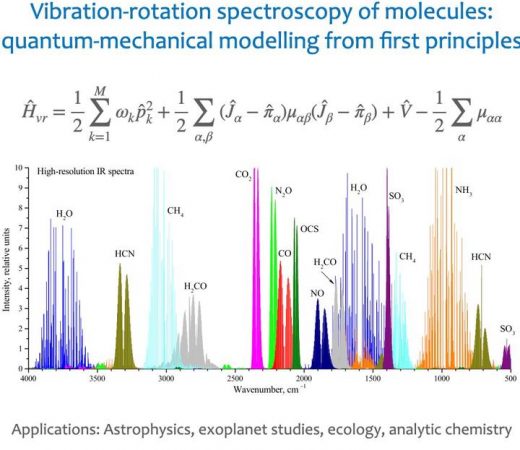
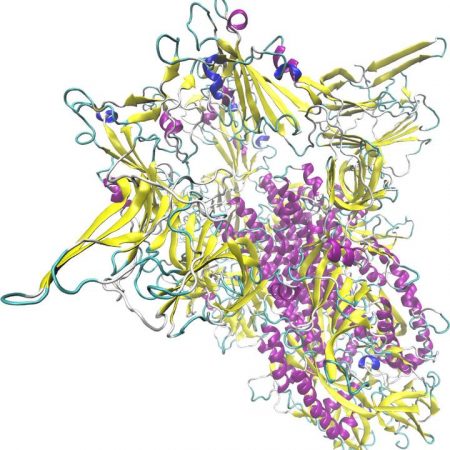
Topics related to coronavirus
We are studying the enzymatic processes that form the basis of the functioning of the SARS-CoV2 virus, in particular the mechanism of substrate specificity of the main protease of this virus, and are developing new compounds - potential therapeutic agents to combat it.
Databases
The laboratory has created a database systematizing the accumulated results of the world scientific community on the study of the mechanisms of enzymatic processes.
